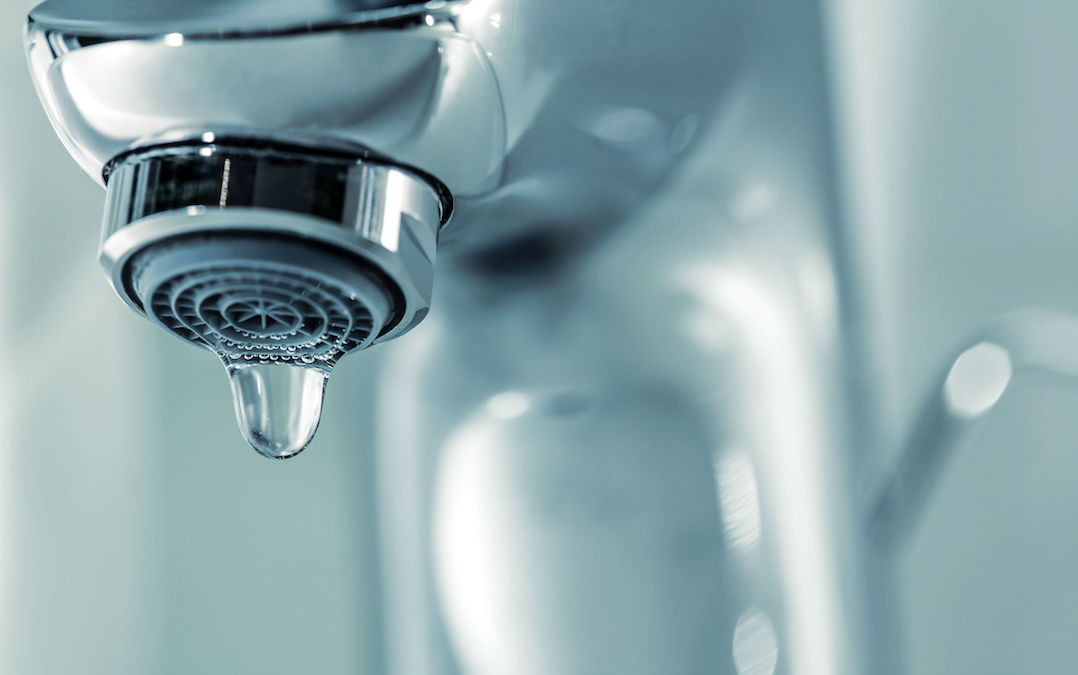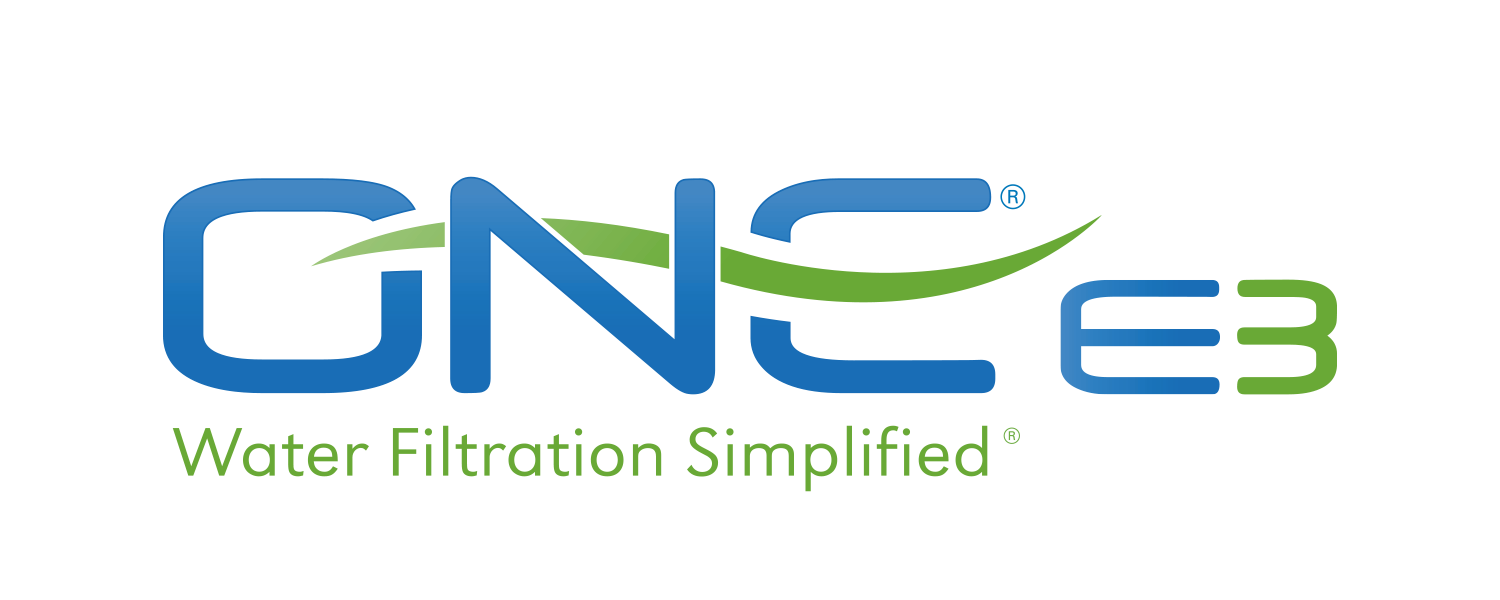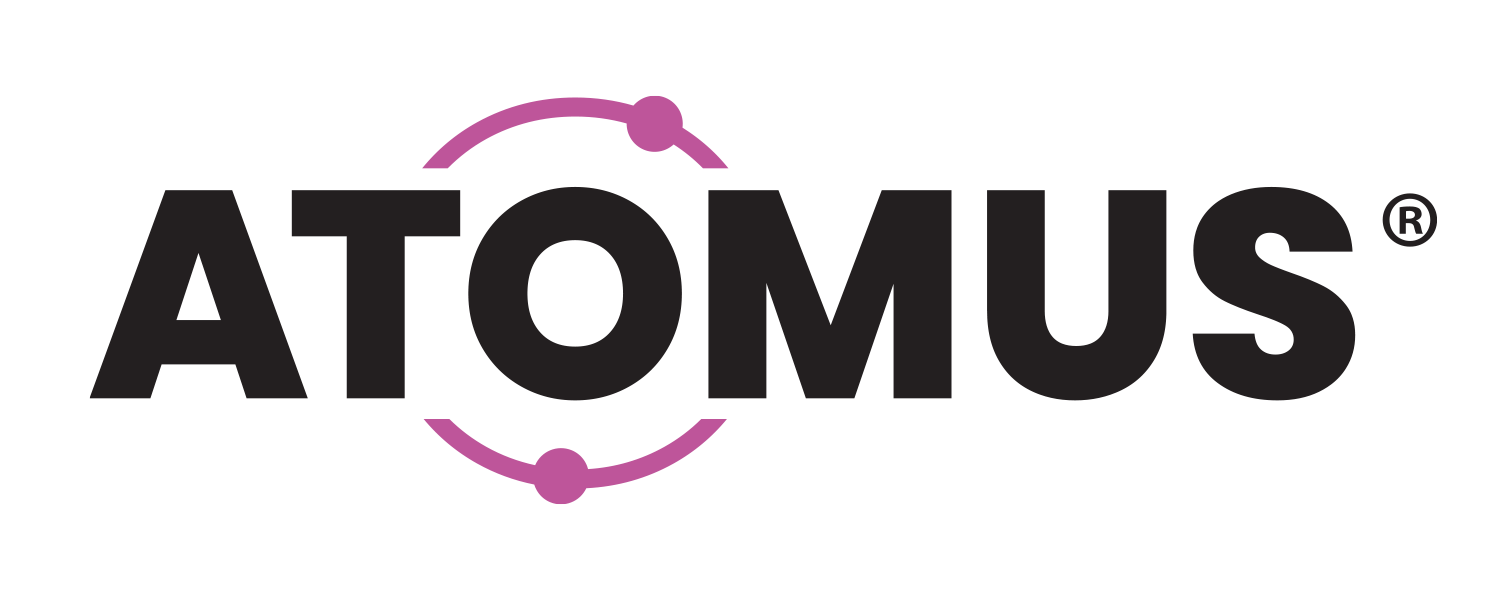After the state endured (and continues to recover from) one of the worst cases of lead contamination in the U.S. with the Flint crisis, the Michigan Department of Environmental Quality has now adopted the most stringent rules in the country to guard against lead in drinking water. Here’s a brief summary of the updated rules:
- Under the new rule, beginning in the year 2025, the maximum allowable level of lead in drinking water in Michigan will be 12 parts per billion (ppb)
- That’s lower than the Environmental Protection Agency (EPA) regulations that drinking water not test higher for lead than 15 ppb
- In addition to the tougher requirements, beginning in 2021 all Michigan public water systems are required to replace the state’s 500,000 lead service lines at a rate averaging 5% per year (not to exceed 20 years)
In a press release, Michigan Governor Rick Snyder said of the new rule: “The federal Lead and Copper Rule simply does not do enough to protect public health. As a state, we could no longer afford to wait on needed changes at the federal level, so Michigan has stepped up to give our residents a smarter, safer rule – one that better safeguards water systems in all communities. With these more stringent standards, Michigan will serve as a role model to other states looking to improve their own public health protections.”
Learn more about Michigan’s improved lead and copper rule here



